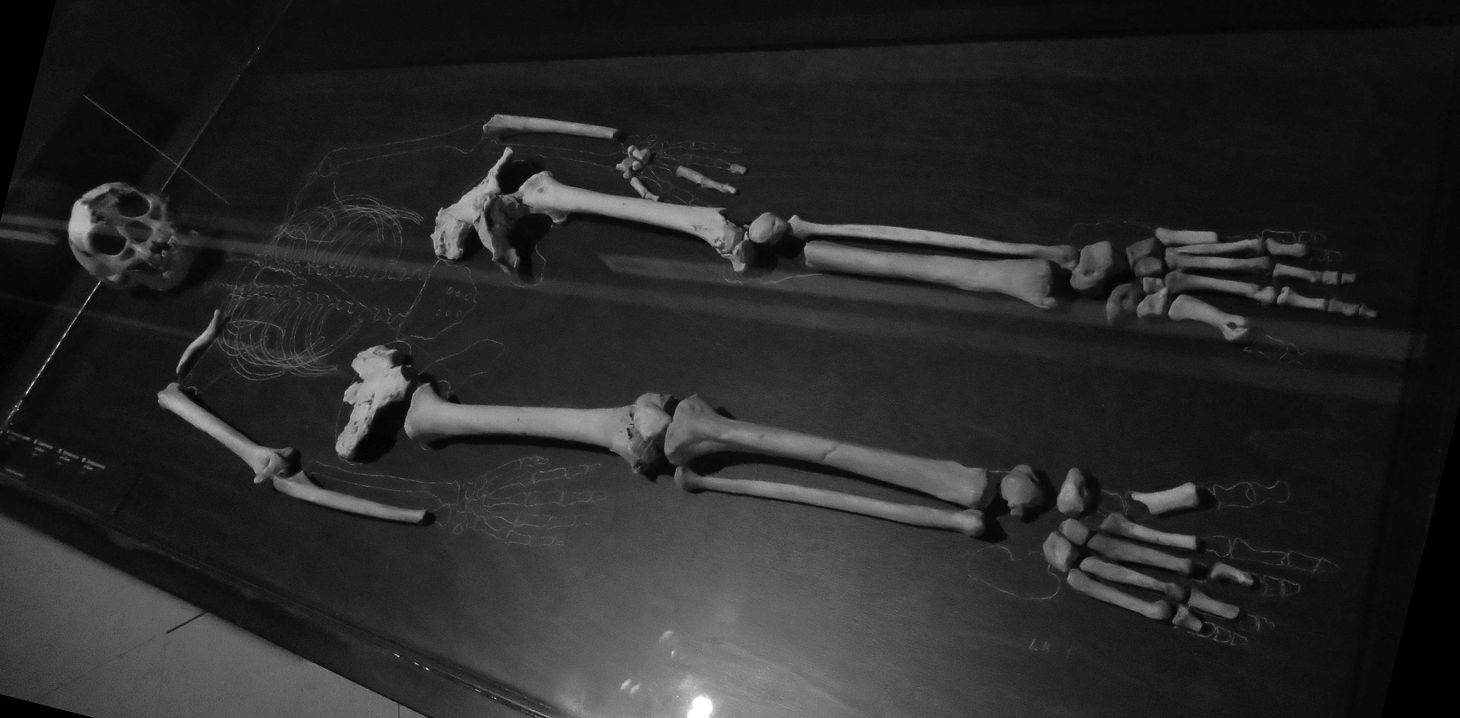Homo erectus
First discovered in 1891, Homo erectus is one of the earliest-known and most geographically widespread species in the hominin fossil record. Fossil evidence attributed to this species has been found in Africa and Asia, as early as 2 million years ago and as late as 106,000 years ago. Whether these varied fossil samples really represent a single phylogenetic group is a matter of continuing uncertainty.
A look at the intentional markings of Homo erectus
Looking at a 2014 paper by Josephine Joordens and coworkers, which describes zig-zag markings on a shell from Trinil, Indonesia. This shell may have been intentionally marked by Homo erectus.

Did Homo erectus get herpes from chimpanzees?
New research suggests that herpes simplex virus 2 may have invaded ancient humans from chimpanzees sometime after 1.6 million years ago.

A mysterious mitochondrial sequence from Denisova Cave, Russia
A small fragment of finger bone with a DNA sequence that represents a previously-unknown form of hominin.

A new study of old shells shows shoreline resource use by Homo erectus
Notes on a study by José Joordens and coworkers on the Trinil collection associated with Eugene Dubois' original Pithecanthropus dig

Ninety percent of your brain is (not) useless
A close look at the idea that most of the brain is superfluous space, with a review of people who get by with extraordinarily small brain mass.

The Homo floresiensis discovery, an initial FAQ
I answer questions about whether the small hominin is a dwarfed descendant of Homo erectus or something else.
